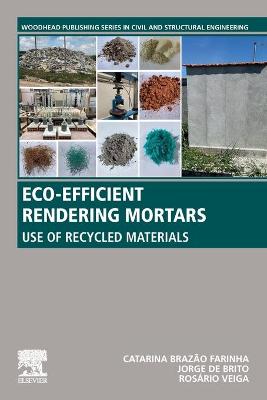Woodhead Publishing Series in Civil and Structural Engineering
2 total works
Sustainable Construction Materials
by Ravindra K. Dhir, Jorge de Brito, Gurmel S. Ghataora, and Chao Qun Lye
Published 6 October 2016
This book is the fourth, in the series of five, on sustainable construction materials and like the previous three, it is also different to the norm. Its uniqueness lies in using the newly developed, Analytical Systemisation Method, in building the data-matrix sourced from 751 publications, contributed by 1402 authors from 513 institutions in 51 countries, from 1970 to 2017, on the subject of processed waste glass (glass cullet) as a construction material, and systematically analysing, evaluating and modelling this information for use of glass cullet as cement, aggregate or filler in concrete, ceramics, geotechnics and road pavement applications. Environmental issues, case studies and standards are also discussed. The work establishes what is already known and can be used to further progress the use of sustainable construction materials. It can also help to avoid repetitive research and save valuable resources. The book is structured in an incisive and easy to digest manner and is particularly suited for researchers, academics, design engineers, specifiers, contractors, and government bodies dealing with construction works.
Eco-efficient Rendering Mortars
by Catarina Brazao Farinha, Jorge de Brito, and Maria Do Rosario Veiga
Published 19 April 2021
Eco-Efficient Rendering Mortars: Use of Recycled Materials focuses on the use of waste materials into cement-based renders, discussing the origins, treatment processes and properties of relevant wastes. The book dispels mistrust through demonstrating the technical feasibility and environmental benefits of eco-efficient rendering mortars. It considers the characteristics of different waste products, such as aggregates, fillers, binders and additions. The functional requirements of renders are also discussed alongside their impact. Finally, the title considers the lifecycle and durability of modified mortars.
This book offers robust support and clear guidance on the use of wastes as a substitute for natural aggregates and binders.
This book offers robust support and clear guidance on the use of wastes as a substitute for natural aggregates and binders.

